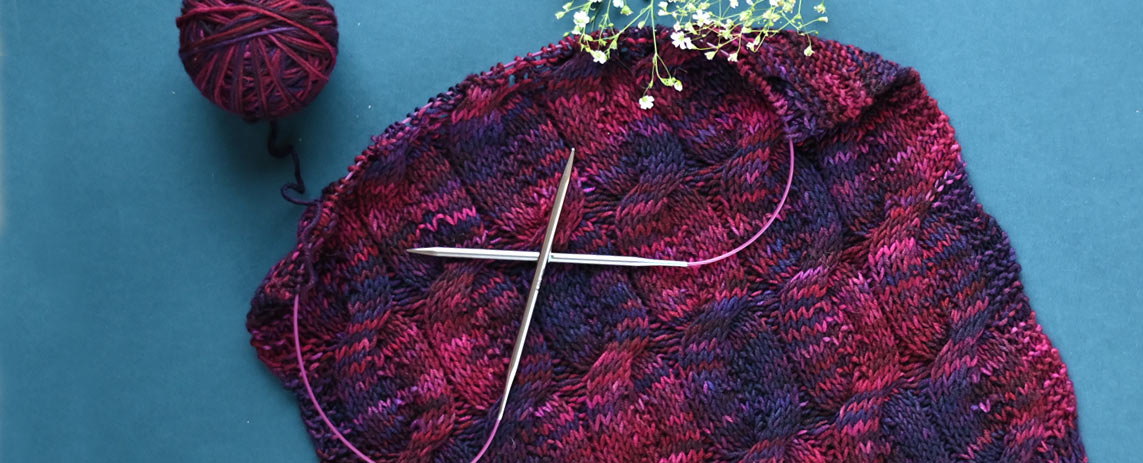Knitting is a creative expression of colours, techniques, and designs with your favorite yarn and knitting needles. Arabesque is a pattern of curved lines and shapes. The beautiful designs are based on surface decorations as well as interplay of colours. If you are comfortable with colourwork techniques it becomes simpler to knit Arabesque patterns.
Arabesque is used to make a variety of knitting projects, from a shawl, a blanket or an afghan to sweaters and accessories and surround yourself with the beautiful designs. In this blog, we’ll take you through steps to knit Arabesque patterns. You can browse through the options available online but planning your design will be a thing of pride.
But, first you need knitting needles that you are comfortable with. It can be the single pointed, double pointed or circular needles as long as you understand the best knitting needles for the pattern or project. Planning your patterns are not very hard as long as you have enough practice of the knit and purl stitches as every other knitted stitch are formed by these basic stitches. Among the knitting accessories you need to have stitch markers, a chart keeper, measuring tape, etc. Besides, the best way to plan your project is with a gauge swatch, your most useful tool.
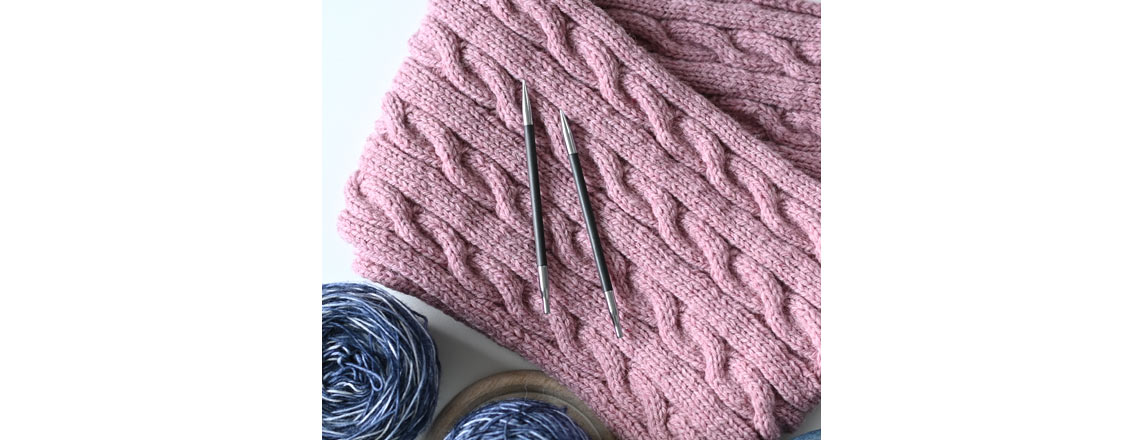
So let’s get started
Duplicate Stitch
With a darning needle and a yarn you can design Arabesque patterns. You need to understand a knitting chart for designing your own. Coloured yarn in a contrasting shade and embroider over existing stitches by duplicating the knit stitch. It’s easy to find online tutorials that show you how to do duplicate stitches. You can create motifs such as alphabets or add additional colour to flowers.
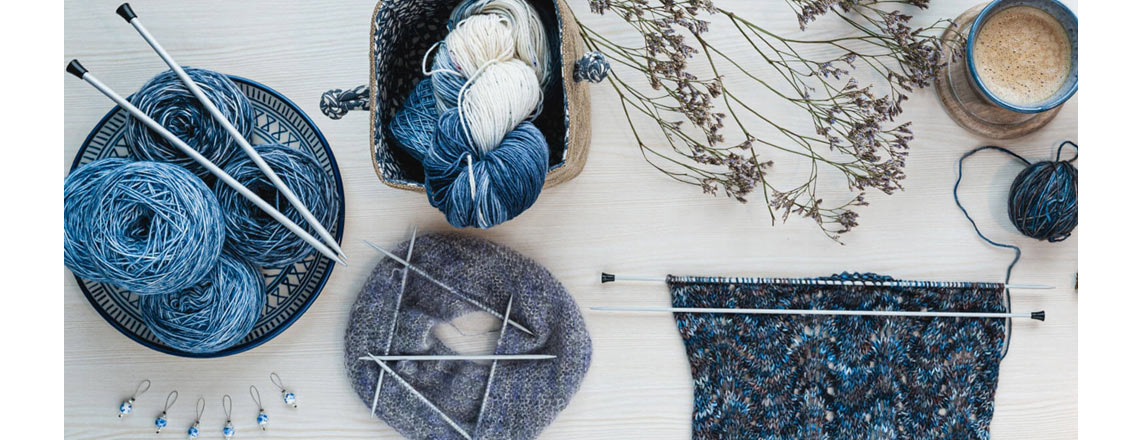
Cable Stitches
Arabesque patterns can be easily designed with cable stitches. For this, you need to understand the technique of cable knitting. A cable needle is handy to have for this.
Stranded knitting
Stranded knitting creates colourful designs within your project by carrying two or more yarns, side by side, as you work. These can work for planning your Arabesque patterns. The unused colours (yarns) are simply carried behind the work in progress when not in use. This technique creates floating strands that can be seen on the wrong side of the work. Again, many tutorials exist online that display this relatively simple technique. Just remember to not let the floats extend more than 4 stitches before “catching” the unused yarn. Stranded knitting tends to produce warm fabric as each stitch has the backing of two layers of yarn. Some stranded knitting designs are known as “fair-isle” and are based on historically verified designs created in the Scottish isles.
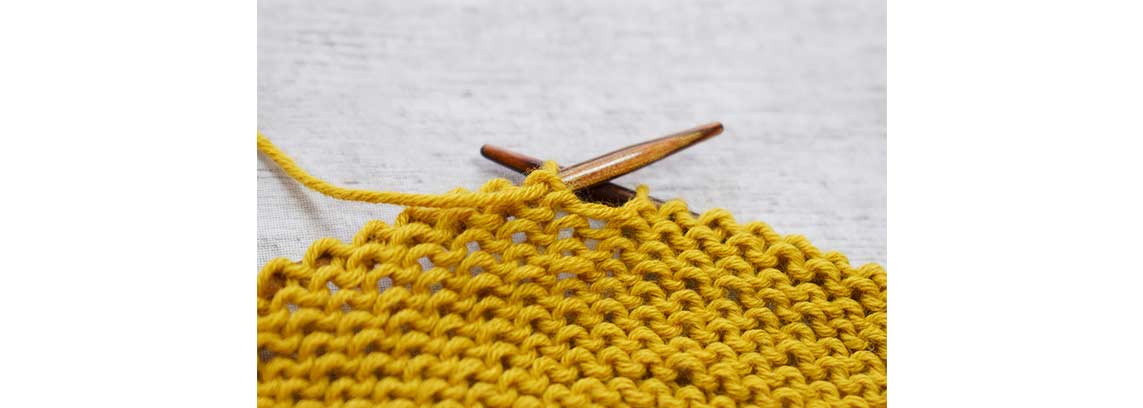
With Intarsia knitting, you can create multiple motifs – from simple shapes to pictures. This type of knitting is often used when designing more intricate designs, such as Arabesque motifs. Different sections of each row are worked in different colours. In this technique, the knitter doesn’t carry the unused yarn behind the project, but instead, drops the old colour and brings the new colour up under the yarn of the old shade. This continues until the next colour change or the end of the row. This method twists the yarns to close any gaps between the old and new shades.
Mosaic and Slip Stitch Knitting
Mosaic knitting often ends up looking geometric, like mosaic tiles. You work with two colours to create intricate designs, but you knit and “slip” stitches in each row When you knit a row or round in the dark colour, you will be slipping the light stitches. Because you are slipping the stitches, there is a limit to how many yarns you can use (usually only two or three).
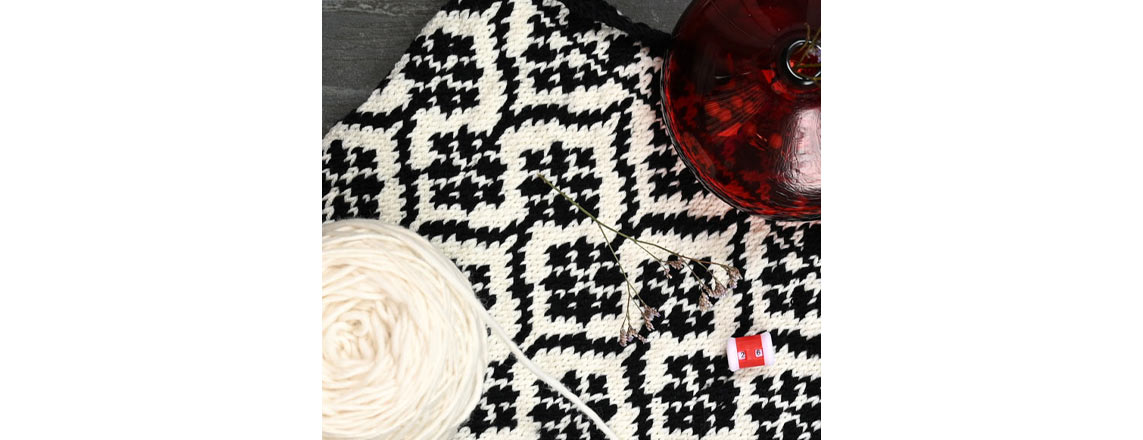
Entrelac Knitting
Entrelac is knitting separate sections onto other existing sections. The result is a “basket weave” appearance. There are various “how-to” tutorials online that demonstrate this relatively easy technique. The resulting work often resembles a checkerboard or a basketweave. Entrelac does not have to be worked in colour but the patterns are traditionally knit using at least two colours. One fun way of knitting entrelac, that’s also quite easy to do, is to use a multi-coloured or self-striping yarn to for the alternate squares and triangles.
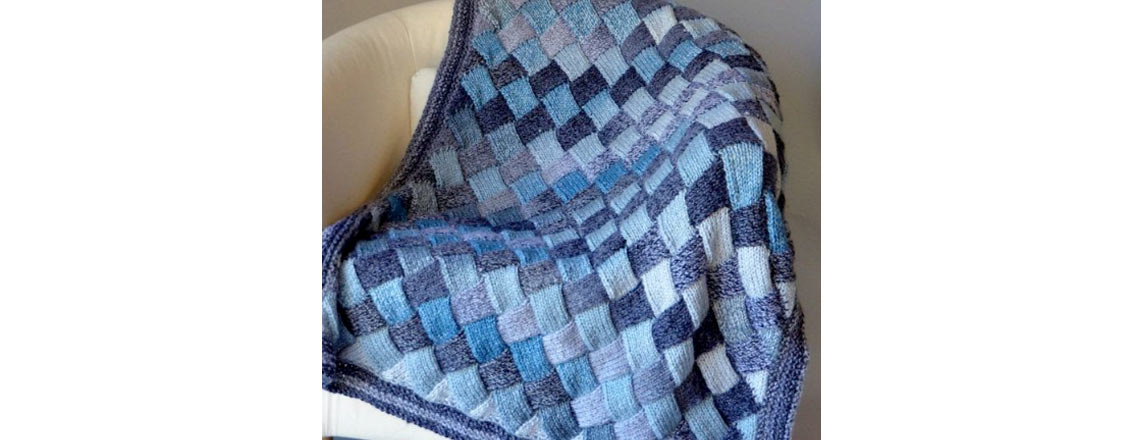
All these knitting techniques are easily learned. Some of them, such as entrelac or intarsia, are suitable for more experienced knitters, but the others are easily accomplished by new knitters who have mastered the basics. Like all knitting endeavours, the point is to keep showing up and to practice. It’s important to enjoy it, as well.
Hopefully, we’ve inspired you to try Arabesque knitting patterns. An important trick to knitting and planning Arabesque patterns is to know how to read knitting charts. Get started with small projects and patterns before planning out complex patterns. With the right knitting needles and accessories, you can absolutely enjoy knitting! For more information of knitting techniques, tricks and follow our blog.


